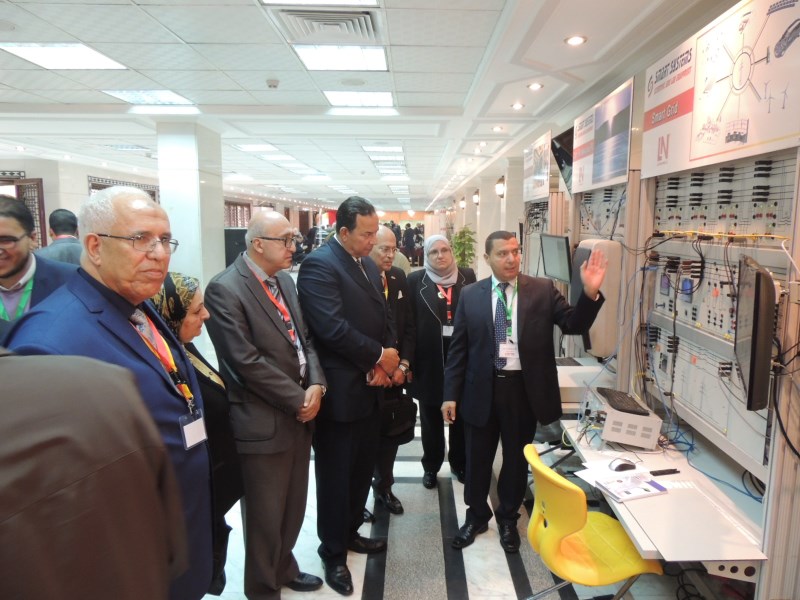Power Transmission
Power Transmission
Power transmission:
High-voltage networks are usually operated with voltages in the region of 110 kV to 380 kV, whereby urban areas and large-scale industrial facilities are supplied with 110 kV, and 380 kV is used for long-distance transmission lines. The line simulation system is designed for operation at model voltages between 110 V and 380 V. Various voltage levels and line lengths can be selected via corresponding overlay masks. Examinations with the training system can be performed off-load, in normal operating mode, in the presence of a short-circuit or earth fault, with or without earth-fault compensation. The system also permits assembly of complex networks by connecting the line simulation models in parallel or series. The voltage can be supplied via a fixed grid or synchronous generator.

High-voltage transmission lines:
For your safety, this investigation of 380-kV and 110-kV transmission lines and how they are connected together is carried out using low voltage, but without losing the actual properties of genuine high-voltage lines. These realistic simulations of a 380-kV transmission line and a 110-kV cable link are automatically switched between different line lengths once the appropriate overlay mask is put in place. By using simulations of various line lengths, it is possible to assemble complex transmission networks.
Earth-fault compensation in electric power supply networks is designed to offset earth leakages occurring in outer conductors.
Restricted to three-phase systems, earth-fault compensation makes use of a special Petersen coil named after its inventor and which is also known as an earth-fault quenching coil. This coil compensates the electric current at the earth-fault point, thereby preventing consequential malfunctions in the electrical system.
The objective here is to measure characteristic power transmission parameters on simulated, three-phase, parallel-connected lines fed via a fixed network or a generator, and perform quantitative as well as qualitative assessments of operational relationships.

ELP Protective systems for high-voltage transmission lines
In practice, medium-voltage and high-voltage networks are equipped with protective mechanisms connected via current and voltage transformers.
The equipment set provides the following benefits:
Use of compact, original relays incorporating cutting-edge digital technology
Use of industrial safety relays from prestigious international manufacturers
Monitoring of protective features by means of SCADA (Supervisory Control and Data Acquisition)
A relay test option permits the relays to be checked individually

